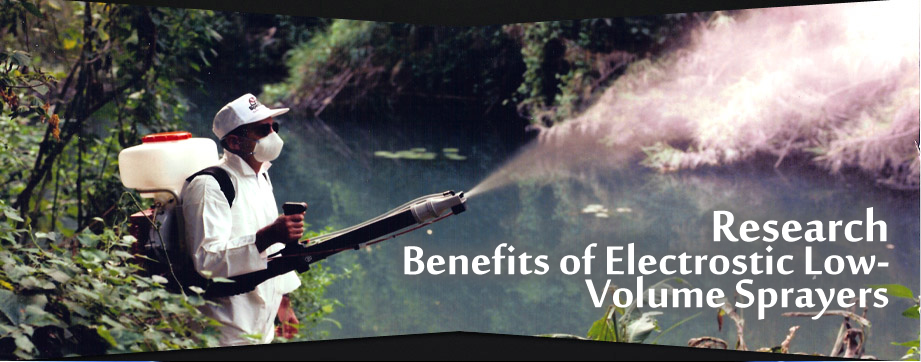Author: P. Haney
California Research Entomologist specializing in reduction of pesticides and the economics of implementing Integrated Pest Management in agriculture.
Applying pesticides and other agricultural chemicals (such as fertilizers and growth regulators) with an electrostatic low-volume spraying system provides the grower with several benefits, including increased spray efficiency, increased spray efficacy, lower economic costs, greater safety and less damage to the environment.
Greater spray efficiency: Electrostatic low-volume sprayers use less water and cover more area per hour than conventional dilute sprayers. This saves time and allows the grower to treat a large number of acres each day.
Greater spray efficacy: Electrostatic sprayers actually charge ultra-fine droplets of spray material with a negative electric charge. The charged spray particles are attracted to the plant and to the target pest. This is a more effective method than sprays that are applied with a large volume of water but do not cover the entire plant surface.
Economic savings: Since the electrostatic system saves time and provides better coverage, the overall cost per acre is less than with higher volume dilute sprayers. Electrostatic sprayers use an average of 70% less fuel and 25% less pesticide per acre than non-electrostatic dilute sprayers, and application costs average 20% less per acre.
Greater safety and less damage to the environment: Using less pesticide per acre increases worker safety and also reduces the potential for environmental damage. Pesticides applied with an electrostatic sprayer are applied directly to the target pest with minimal run-off or overspray.

